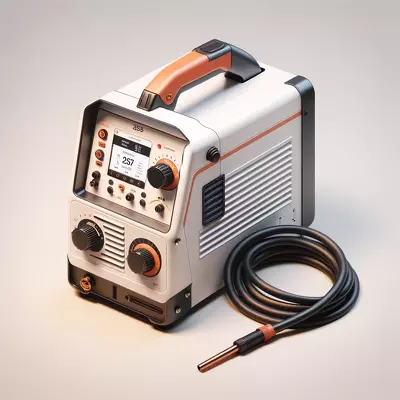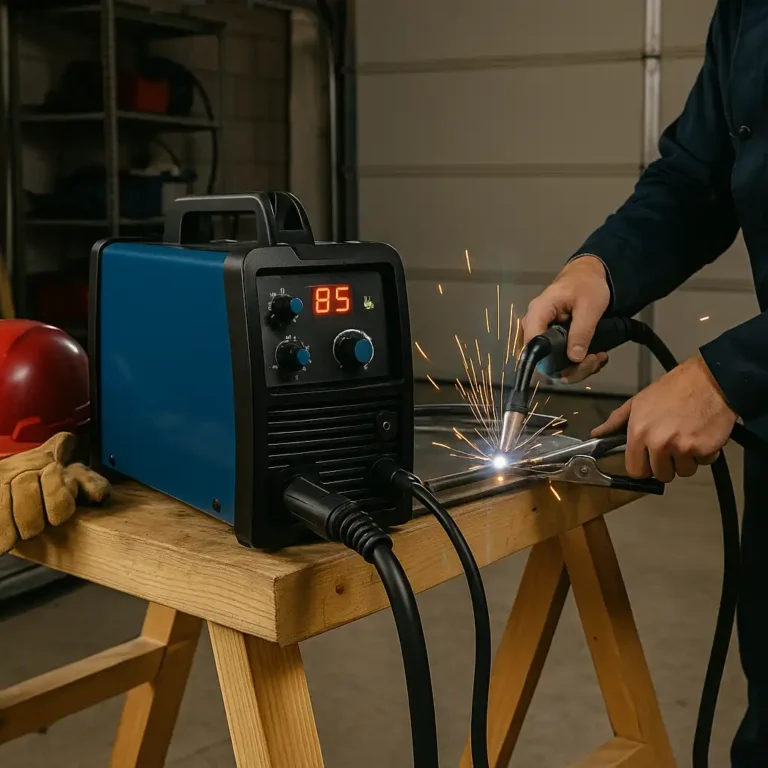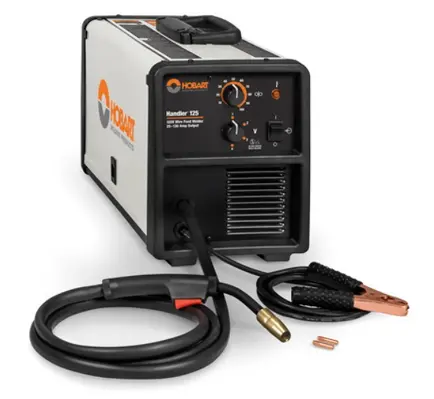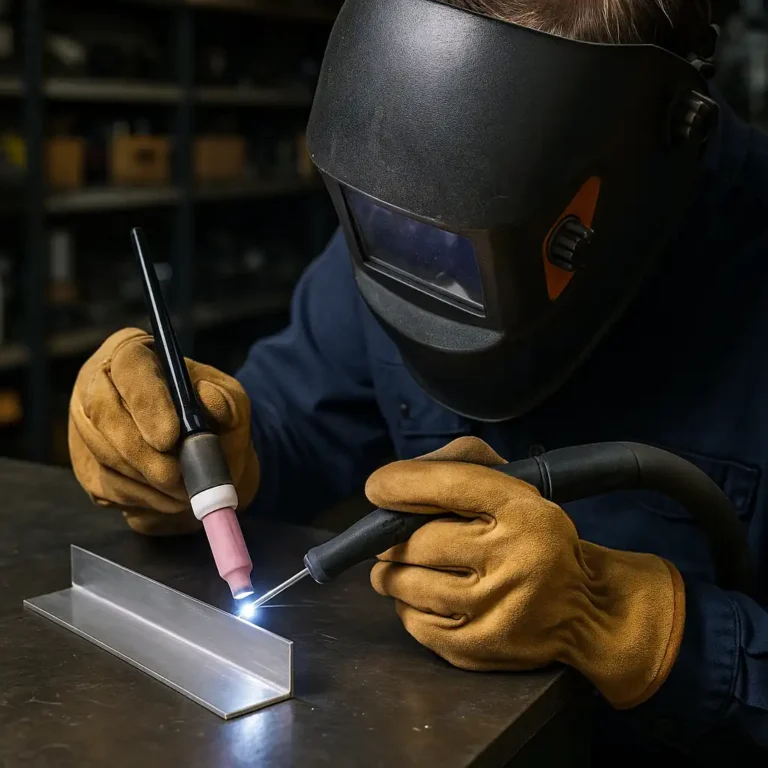What Are MIG Welders Used For? – Real-World Jobs They Handle Best

Disclosure: This post contains affiliate links. As an Amazon Associate, I earn from qualifying purchases—at no extra cost to you.
Last Updated: November 2025
MIG welders are popular because they’re easy to run, steady on the arc, and versatile enough for most home and small-shop projects. The wire feed keeps the heat consistent, which helps beginners learn faster and weld with confidence. If you want a process that feels smooth from day one, MIG is one of the best places to start.
👉 For a quick comparison of MIG vs other welding setups, check our guide on welding machines for different skill levels.
🔍 MIG Welders for Automotive & Bodywork
MIG is the go-to for auto repairs because it handles thin steel without blowing holes through panels. It’s ideal for fender patches, floor pans, exhaust fixes, and frame touch-ups. The clean arc makes sheet metal work much easier, especially when you’re still getting comfortable reading the puddle.
👉 Before comparing MIG to other welding methods, take a quick look at our guide on why welding feels challenging at first to learn what makes early practice feel tricky.
🔍 MIG Welders for Home Repairs & Light Fabrication
Most home garages rely on MIG because it can handle almost any small project: brackets, shelves, tool repairs, lawn equipment, or quick fixes around the house. The setup is simple, and you don’t need perfectly clean metal to get a decent bead. If you want a “grab-and-go” machine for everyday jobs, MIG fits the bill.
🔍 MIG Welders for Structural Pieces & Shop Projects
With enough amperage, MIG can tackle thicker steel for tables, frames, gates, and shop fixtures. Multi-pass welding lets you handle heavier material without needing a large industrial unit. The stable arc helps you maintain good penetration and cleaner welds on bigger builds.
🔍 MIG Welders for Production & Repeated Tasks
MIG’s continuous wire feed makes it fast, which is why small shops use it for repeat builds. Fewer stops mean more consistent welds, and it’s easy to train new welders on. If you’re doing batches of similar parts, MIG helps keep the workflow smooth.
🔍 MIG Welders for Flux-Core Outdoor Work
With flux-core wire, MIG works well outdoors where wind would blow away shielding gas. It cuts through dirt, rust, and farm-worn steel better than gas MIG. It’s a strong choice for gates, trailer repairs, fencing, and anything outside the shop. The welds aren’t as clean, but they’re solid and dependable.
📌 Key Takeaways
- MIG welders are ideal for auto work, home projects, and small fabrication
- Easy to learn thanks to smooth, consistent wire feed
- Handles thin steel well and can weld thicker pieces with enough amps
- Flux-core mode is great for outdoor or less-prepared metal
- Fast, consistent process that works well for repeated shop tasks
🟢 FAQs
Q: Are MIG welds strong enough for structural work?
Yes—MIG produces strong welds as long as the material is prepped and your settings are dialed in.
Q: Can MIG weld aluminum?
It can with the right equipment, usually a spool gun or proper liner.
Q: Do I need shielding gas for MIG welding?
Not with flux-core wire. It’s perfect for outdoor or dirty-metal repairs.
Q: Is MIG welding beginner-friendly?
Very. MIG is one of the easiest processes to learn because the wire feeds automatically.
🟢 Conclusion
MIG welders are used across auto repair, fabrication, and general home projects because they’re fast, steady, and simple to control. Whether you’re patching a panel, repairing equipment, or building your first welding project, MIG gives you a reliable and beginner-friendly setup that delivers strong, clean welds.






